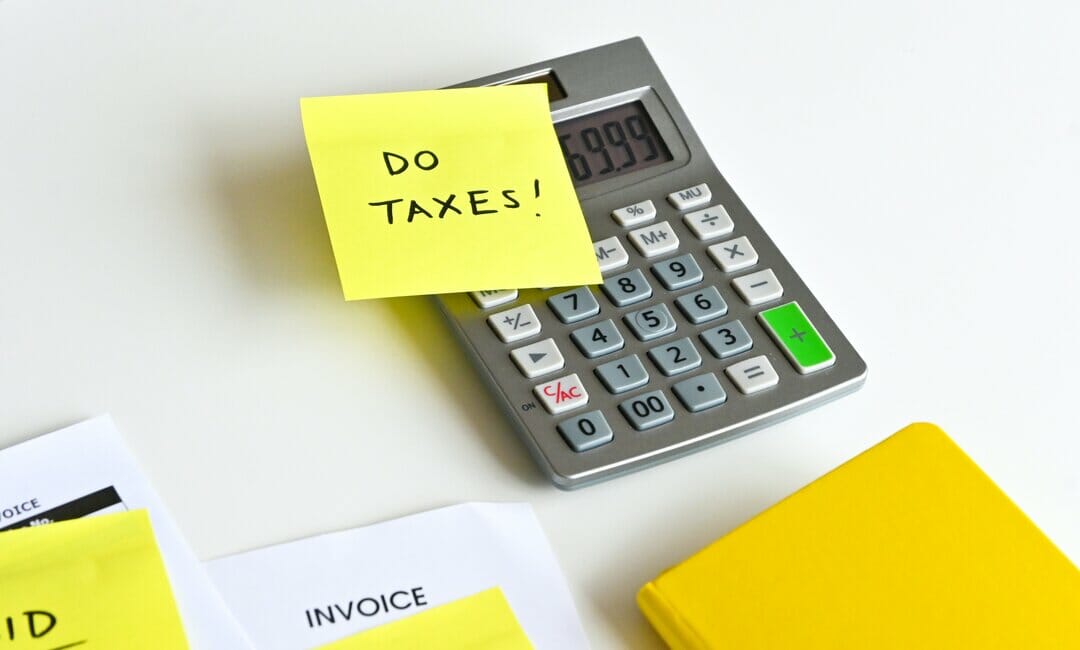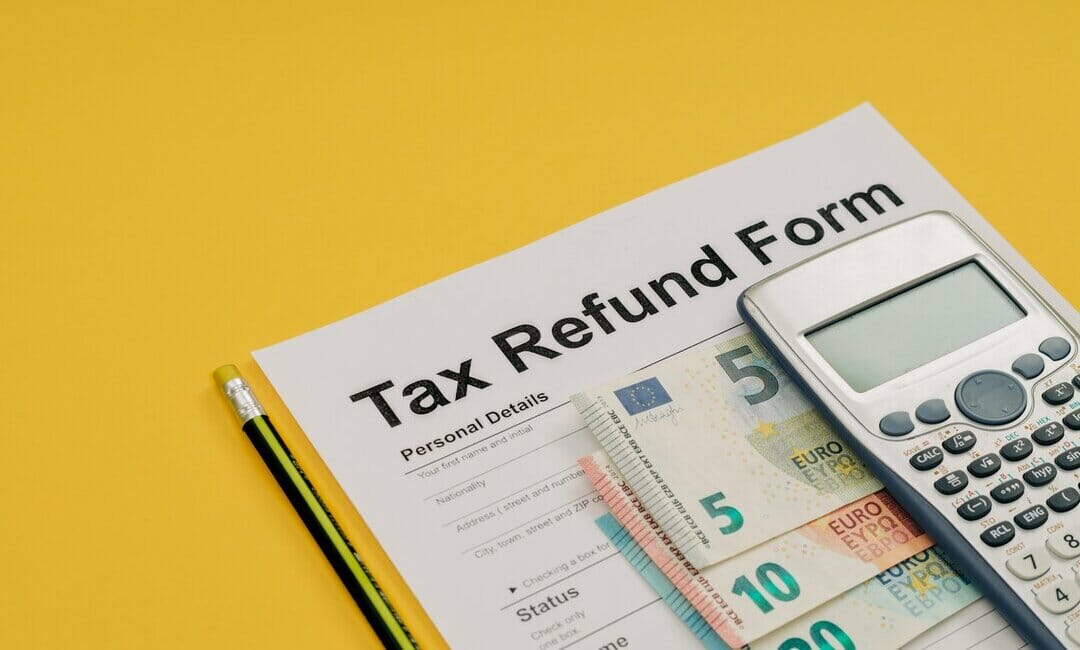Are you planning on buying or selling a property in Ireland? Then you need to understand the property tax you’ll pay. Ireland is a popular destination for vacation homes, but its taxation on properties differs from that in the UK or Europe.
In Ireland, tax is regulated by the Revenue Commissioners. Here we’ll also explain how to pay property tax in Ireland and what you need to know to calculate property tax in Ireland.
WHAT IS PROPERTY TAX IN IRELAND?
Property tax in Ireland is an annual tax payable to the government based on the value of residential properties. The tax is based on the property’s current market value plus local authority factors. The tax is payable by the owner of the property and is used to fund local government services such as roads, parks and libraries.
Local Property Tax (LPT) was introduced in 2013 and replaced the previous system of household charges. Under the LPT, property owners must self-assess their property’s value and pay the tax annually.
Property tax in Ireland consists of several fees payable to the Irish Tax and Customs Revenue Agency on residential and non-residential property and land.
Even foreigners and non-residents in Ireland may be required to pay property tax depending on the type and condition of their own property.
There are several types of property tax in Ireland based on the nature of the transaction:
- Stamp duty when buying property.
- Local property tax as a homeowner.
- Capital gains tax when selling property.

The LPT rate for residential properties in Ireland was updated in January 2022. This was the first adjustment made since LPT was introduced in 2013 following a huge national increase in property values across Ireland.
The LPT rate payable is split into 19 bands ranging from €90 for band 1 properties to €2721 for those in the highest band, depending on the property value. Properties valued over 1.75 million are calculated separately. The current LPT bands can be reviewed here.
In addition to the base rate LPT, homeowners will need to factor in the local authority adjustments, which can increase or decrease the LPT charge by up to 15%. The local property tax is at the discretion of local councils and varies by region. It is the central or national government that decides everything else. This means its introduction, tax rate, base and valuation, and collection vis-à-vis revenue.
It’s also worth noting that your LPT, once set, will not be affected by any market increases or decreases in your property value from 2022 through 2025.
The Irish Local Property Tax (LPT) is charged annually through a self-assessment of the value of all residential properties from the information shared on the Revenue.ie website.
LPT Exemptions
Previously, properties purchased in 2013 and occupied were exempt from LPT until 2021, as were new builds and unused properties purchased from a builder or developer if they had not been used to live in or generate an income. As of November 2021, the rules have changed, and these properties will now be liable for LPT for the first time. If you own a property not previously registered for LPT, you can do so here.
Many of the previous local property tax reliefs have been removed as of January 2022. These include:
- New or unused property purchased from a builder or developer.
- Builders or developers with properties built but unsold.
- Properties in unfinished housing estates.
- Properties that were purchased as a home in 2013.
Several reliefs are still available, for example, if the property has been subject to pyritic damage or if a property owner has been unable to occupy their home due to a long-term physical or mental illness.

HOW MUCH IS PROPERTY TAX IN IRELAND?
In general, any individual – resident or not – who owns property in Ireland is liable to pay property tax. However, the amount of tax payable will depend on a variety of factors.
RENTAL INCOME
If you are receiving money from a rental property in Ireland, it is considered normal income from work and is taxed at the same rates based on your circumstances. For most investors, the tax on rental income would be charged at either 20 or 40%, depending on your income level.
STAMP DUTY (TRANSFER TAX)
Non-commercial (residential) properties enjoy a much lower stamp duty tax which has been reduced substantially in recent budgets. Current stamp duty rates for residential property are 1% for the first €1,000,000 of consideration, with the excess payable at 2%.
Likewise, stamp duty on commercial properties has also been reduced to a flat rate of 1% for properties valued under 1 million. For properties between 1 and 2 million euros, a flat fee of 2% is payable. This includes non-residential farmland as well as commercial and industrial buildings.
You must pay stamp duty within 30 days of the property transferring to your name or face a penalty.
PROPERTY TAX
The property tax on commercial property in Ireland is known as the Commercial Rates. Commercial Rates are a form of the local property tax levied on commercial properties, including shops, offices, factories, and warehouses.
The rate payable varies depending on the location and type of property, as well as the local authority in which the property is situated. The rates are calculated based on the rateable valuation of the property which the Valuation Office of Ireland determines. This is generally a tax-deductible expense.
Commercial property owners are required to pay Commercial Rates to their local authority annually. The payment is usually made in two instalments, with the first payment due in the first quarter of the year and the second payment due in the third quarter of the year.
It is worth noting that some exemptions and reliefs are available for certain properties, such as charities and sports clubs.

CAPITAL GAINS TAX
Capital gains tax is generally charged at 33% upon transfer of ownership of property. In limited circumstances, a 40% rate applies to specific assets. There is an exemption from capital gains tax on transfers of assets between spouses and an annual exemption of €1,270 per individual (non-transferable between spouses).
To calculate the taxable amount, you take the value of the property and deduct:
- The price you paid to purchase the asset.
- The money you’ve invested in it that has increased the value of the asset.
- Costs associated with the purchase and sale.
Since 2012, there has been a new incentive relief in place. It applies for the first seven years of ownership for properties bought between 2012 and 2013. Where such property is held for seven years, the gains accrued during that period will not attract Capital Gains Tax.
For capital gains tax, if you sell your property between January 1 and November 30, the tax must be paid by December 15 of that year.
HOW TO PAY PROPERTY TAX IN IRELAND?
You pay local property tax on your own residence in Ireland.
You can use the Revenue website calculator to determine the amount of Local Property Tax you owe on your property for any period.
All you need to do is enter your taxable period, the respective local authority and the property value band. The calculator will then tell you the local property tax charge. You can always consult a financial expert if you’re unsure whether you need to pay.
When you are ready to pay your property tax, you can do so via a direct debit transfer.
Alternatively, you can choose to pay a single payment in full via a debit or credit card. There is more information on the website of the Revenue Agency.
Some types of tax are eligible for payment online, such as: Local Property Tax, Capital Gains Tax and Stamp Duty. You can make a payment online for Capital Gains tax via your ROS (Revenue Online Service) or myAccount. You can pay for Local Property Tax in several ways, including via a MasterCard credit or debit card or VISA credit or debit card via your online LPT account.
Bear in mind that tax laws in Ireland are subject to change. Currently, the Irish tax treaty network contains in excess of 40 tax treaties. However, most of Ireland’s tax treaties follow a typical pattern and are usually modelled on the OECD tax treaty model.


